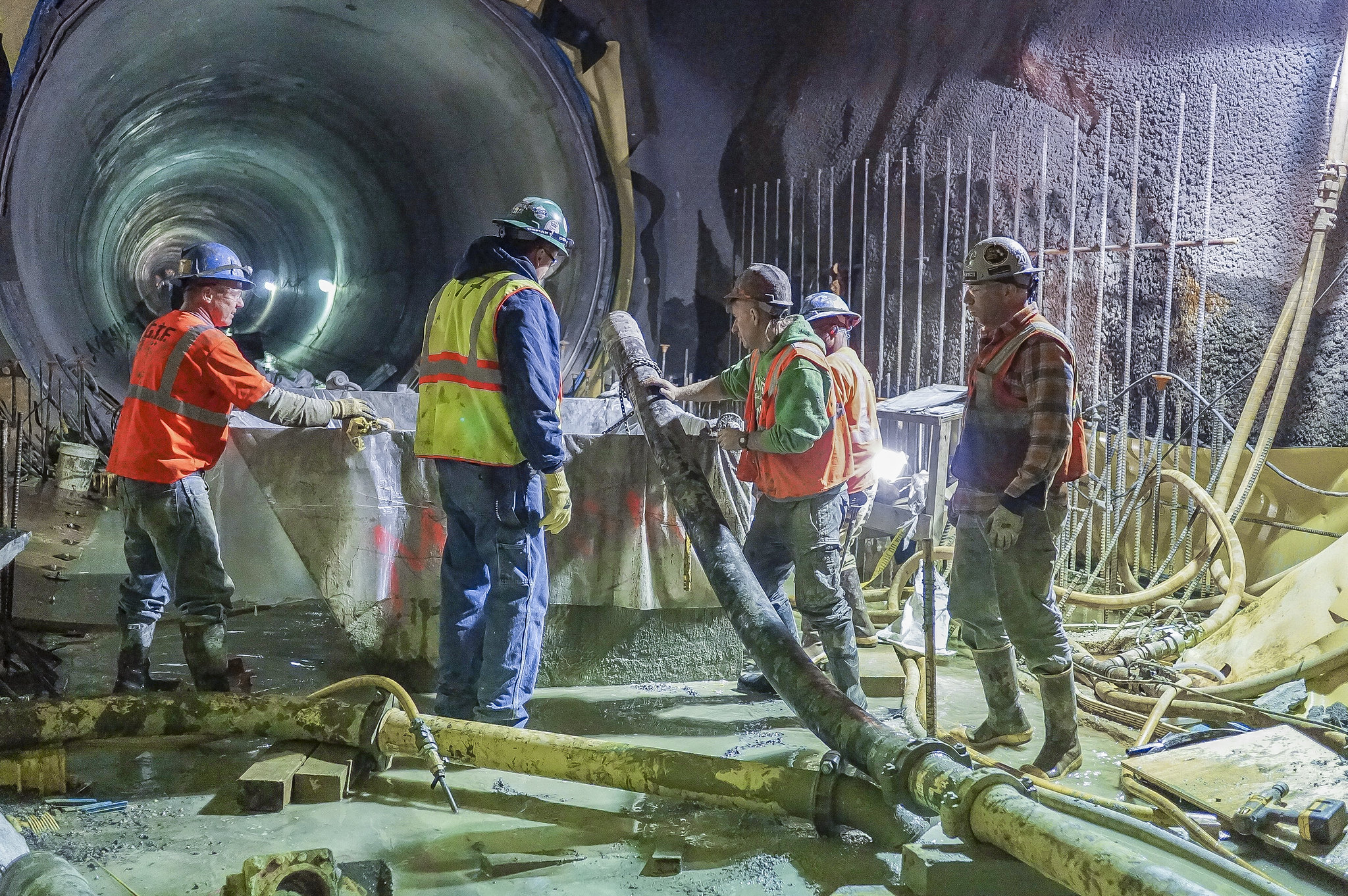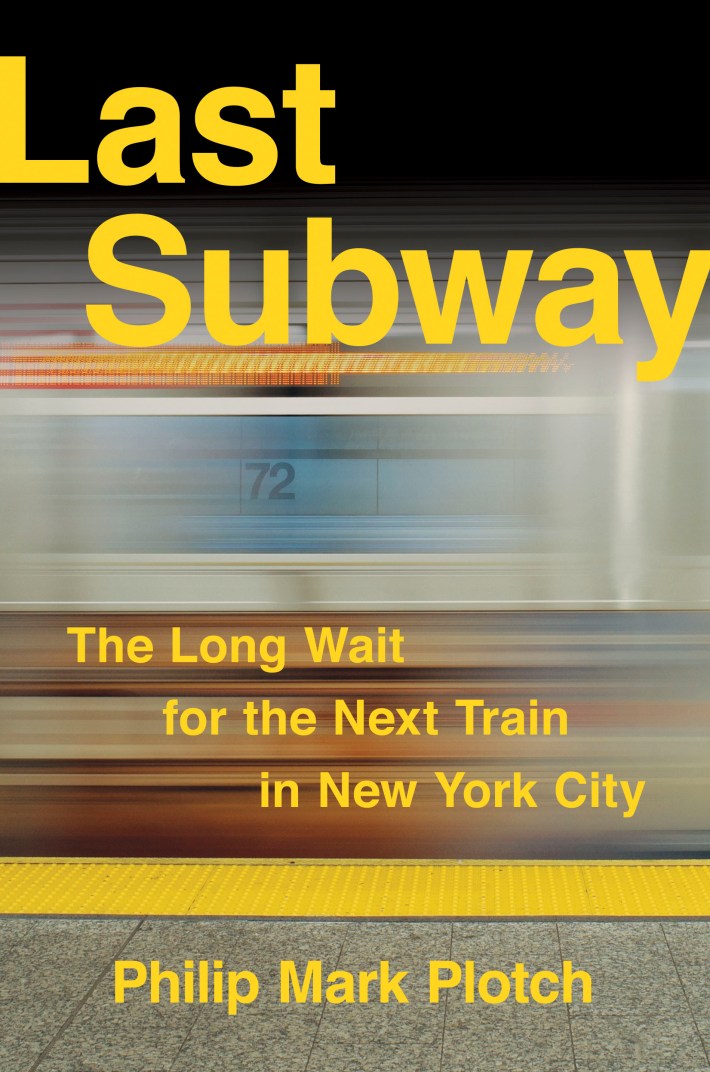As metropolitan areas around the country consider major transit-expansion projects, New York’s Second Avenue subway provides a cautionary tale with valuable lessons for government administrators at all levels. Building just three stations — at a cost of $4.5 billion, nearly 90 years after the subway was first promised — was not exactly one of New York’s greatest achievements.
Every major metropolitan area has plans to expand its transit system in order to accommodate growth. Rail projects hold great promise for cities because of their efficiency in moving people while requiring little right-of-way: A single subway track can carry 30,000 people in an hour, whereas a highway needs 14 lanes to transport the same number of vehicles. That’s why, for example, Atlanta’s transit authority is planning to build new commuter and light-rail lines, and Houston’s voters approved a referendum in November to expand its light-rail network.
Yet three conditions that contributed to the Second Avenue subway’s ridiculously high costs and long gestation — powerful unions, onerous regulations, and the inability to guarantee long-term funding — could in varying degrees bedevil other cities’ projects. In order to avoid New York’s failures, Congress needs to provide more resources and give transit agencies more flexibility to plan, construct and operate their services.
New Yorkers were promised a Second Avenue subway along the full length of Manhattan’s East Side in 1929, but the Metropolitan Transportation Authority did not open the first three stations until 2017. Even under the most optimistic scenario, the remaining 13 stations will not be completed until 2050, more than 120 years after real-estate prices along Second Avenue soared in anticipation of the subway.
On a per-mile basis, the 1.5-mile long line was the most expensive subway extension ever built. Even after taking inflation into account, its cost per station was 25 times higher than the subway’s construction cost in 1904 — when workers used pickaxes, not tunnel-boring machines.
Even so, this new, 8.5-mile long subway line is needed even more today than it was a century ago. Two lines run the length of Manhattan’s West Side, yet only one line operates along the entire East Side. That is why the East Side’s subway is the most crowded in the country, with more than a million daily riders, rivaling the number of passengers who use the San Francisco, Chicago, and Boston entire transit systems combined. Crowding on the East Side is guaranteed to get worse, because tall buildings are rising and the East Side Access project, connecting the Long Island Rail Road with Grand Central Terminal, is nearing completion.
The MTA, like every other transit operator in the United States, relies on federal funds to help pay for its capital projects. Given the intense competition and limited funding, even under the most optimistic funding scenario, the remaining 13 planned Second Avenue subway stations will not be completed until 2050.
Last year, President Trump and House Democrats outlined an ambitious program to rebuild and expand America’s transportation infrastructure, but they couldn’t agree on how to pay for it. Congressional Republicans do not want to raise the 18.4 cent tax on a gallon of gasoline, even though the tax has not increased since 1993. Adjusting the tax to account for inflation would mean raising the tax to 33 cents.
Just as Republicans must face the need to raise the fuel tax, Democrats need to understand why large projects are so costly and then support streamlining project regulations.
On Second Avenue, union agreements spelled out how many workers were needed to perform various tasks. For example, the unions required that the MTA staff tunnel-boring machine with more than twice as many workers as needed in other cities.
All the trade unions — including those representing carpenters, sheet-metal workers, tunnel workers, operating engineers, electricians, concrete workers, and plumbers — jealously guarded their roles and refused to allow workers from other unions to encroach on their work. As a result, workers in one trade often had to stand by while workers in another trade completed their tasks.
Every regulation provides benefits, but together they are exceedingly costly. For example, to meet rigorous fire-safety and disability-access standards, the stations need sophisticated ventilation systems, wide platforms, spacious entrances, and many elevators. Because of these requirements, the Second Avenue subway will only have two tracks, unlike previous subway lines, which were built with four tracks to provide local and express services.
The federal government’s “Buy American” regulation required the MTA to use steel, iron, and manufactured goods produced in this country. Although the Federal Transportation Administration granted some exceptions for components made outside of the United States, the process of obtaining waivers for materials used on Second Avenue took up two years and required many reports and legal analyses. Environmental laws also need to be amended. Ironically, laws that were put in place to highlight the effects of highway construction are now making it harder to build projects that will take people off the roads.
Because funding could not be secured for the entire Second Avenue subway, New York is undertaking construction in a highly inefficient manner. For the first phase, the MTA’s contractors acquired a 450-foot-long tunnel-boring machine and shipped it to New York, where they built a trench, then launched and operated the machine, before dismantling and removing it. For the next three phases, the MTA must again select new teams that will need to mobilize personnel and equipment, which includes acquiring and assembling another giant tunnel-boring machine. If federal funds could be awarded for the entire project, not just for individual phases, the subway could be built faster and at a lower cost.
If New York ever completes the Second Avenue subway, the 8.5-mile line would be one of the world’s most expensive infrastructure projects, surpassing the $21 billion rail tunnel between England and France. Given its extraordinary cost and lengthy construction period, the Second Avenue subway will more than likely be the last subway line built in New York for generations, if not centuries, to come.
New York’s experience is an extreme case, but transit planners across the country should take steps to learn about its failures to avoid repeating them.
Philip Mark Plotch (@profplotch) is an associate professor at Saint Peter’s University, former manager of planning and policy at MTA headquarters, and author of the new book “Last Subway: The Long Wait for the Next Train in New York City” (Cornell University Press). TransitCenter and Open House New York are celebrating the book’s release on March 18. The event is sold out.








